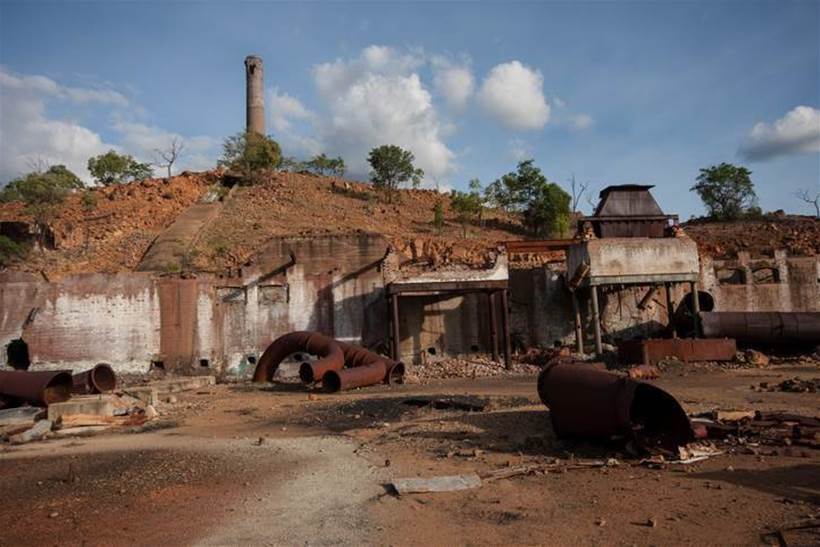The Northern Territory government has turned to drones to monitor the state of its legacy mines in the state.
The NT’s Department for Primary Industry and Resources is using drone technology to provide digital terrain models of the legacy mines, which not only enable comprehensive coverage of the mine sites, but also improve the speed and efficiency with which mines are inspected.
Legacy mines pose major environmental and public safety risks. Unused open-cut mines can substantially compromise the integrity of the areas they occupy, with weaknesses in bedrock and ground surfaces exacerbated by the extreme weather conditions experienced in the Northern Territory.
In addition, the majority of legacy mines in the state ceased operations before 2005, and therefore predate the requirement for operators to lodge a rehabilitation security bond. This can mean that little or no effort has been made to repair the damage caused by the mining activities.
Many parts of these mines are also inaccessible to humans, meaning that accurate terrain evaluations cannot be performed with onsite inspectors alone.
According to Ken Vowles, NT Minister for Primary Industry and Resources, a drone was recently deployed to the Warrego, Orlando, Nobles Nob and Peko mines in Tennant Creek following recent heavy rainfall.
“The vision that has come back from these sites has proven to be of huge benefit as it allowed rapid investigation to see if any urgent works were needed,” he said in a statement.
“Images and data from the drone can be used to help plan the next stages of work to help mitigate risk from legacy mine sites.”
Repairing the damage with local expertise
The next stages come in the form of contracts over the next three years valued between $3 million and $5 million, with legacy mine remediation playing a significant part.
Minister Vowles said that any local companies submitting tenders to perform work at the Tennant Creek sites will enjoy a weighting of 30 percent as part of the assessment process.
He added that the Legacy Mine Unit already uses 40 percent local content weighting for assessing tenders.
“This is to ensure local businesses have a greater chance of winning the work, therefore supporting local jobs growth in the Territory,” he said.
“Our government will also ensure 40 percent indigenous employment for contracts associated with legacy mines programs issued in the Tennant Creek region.”







